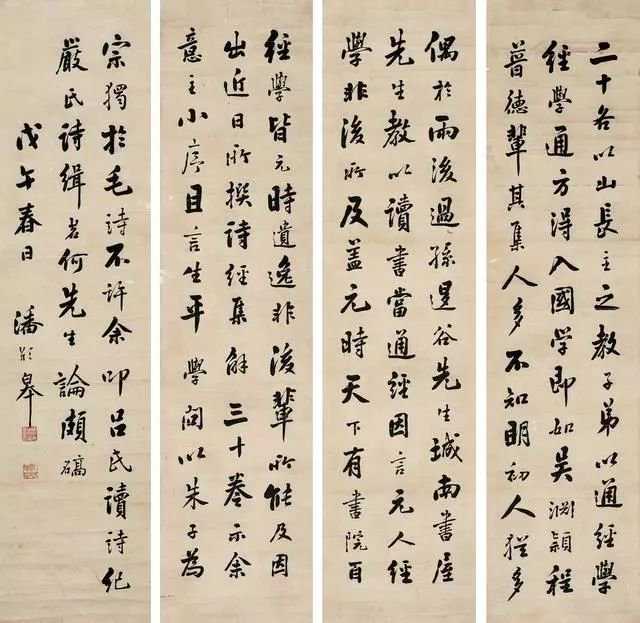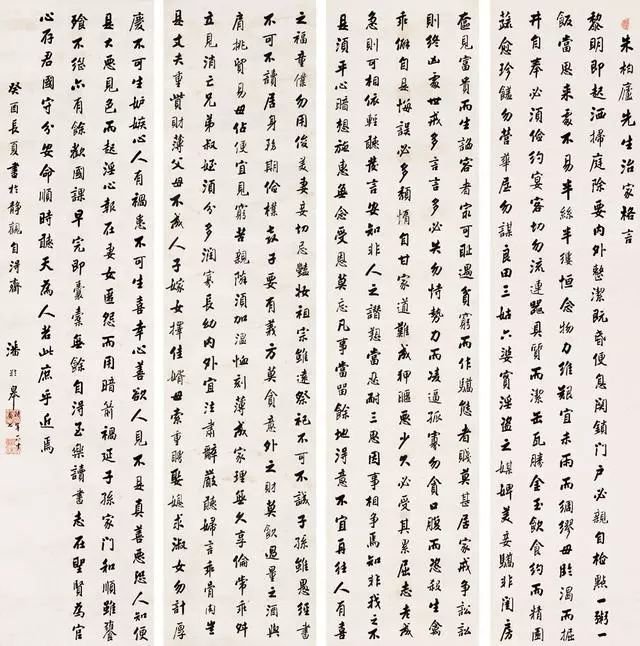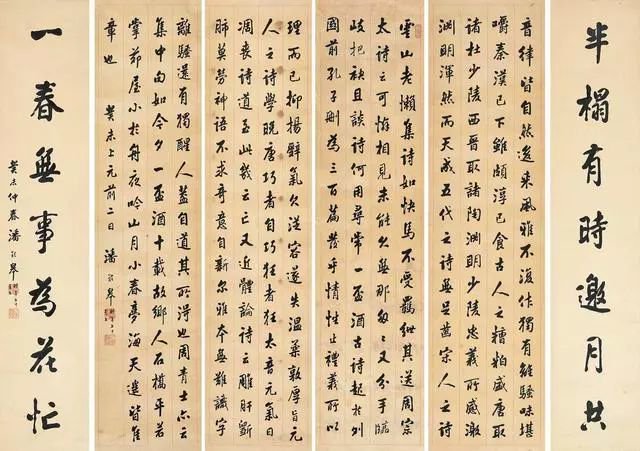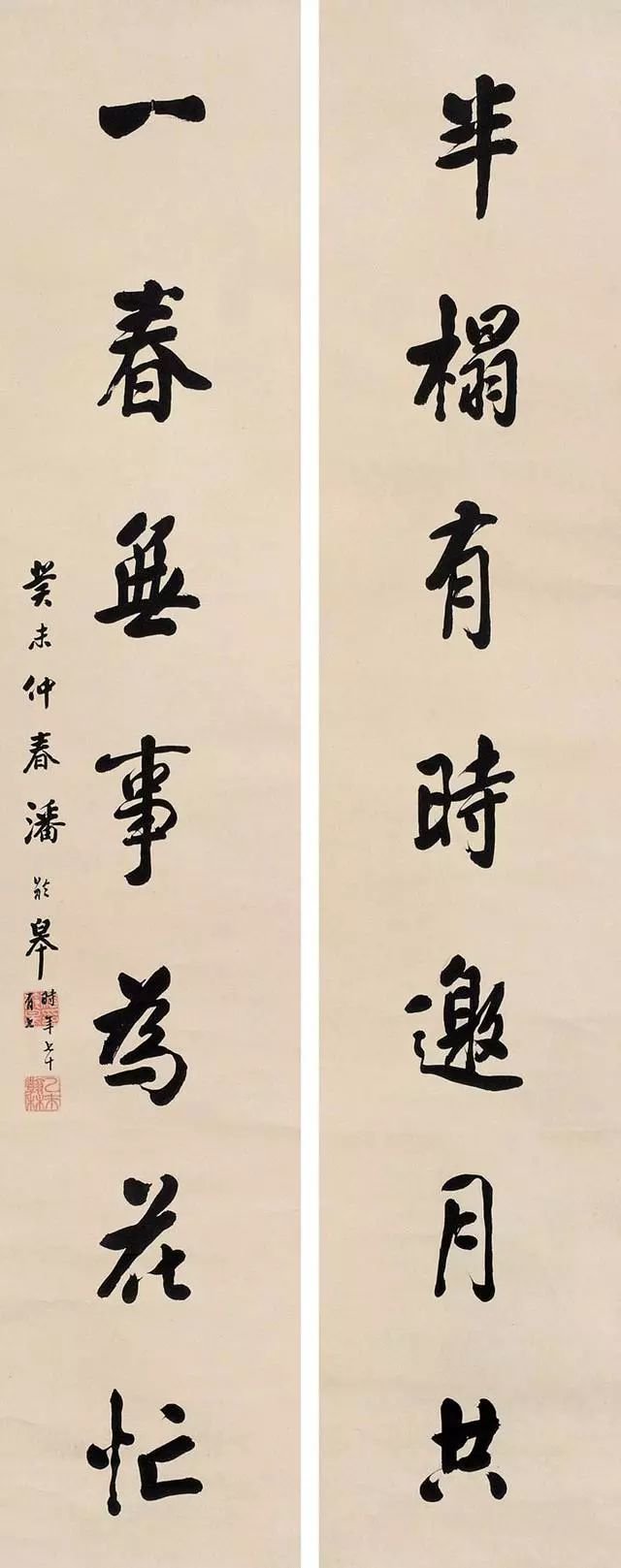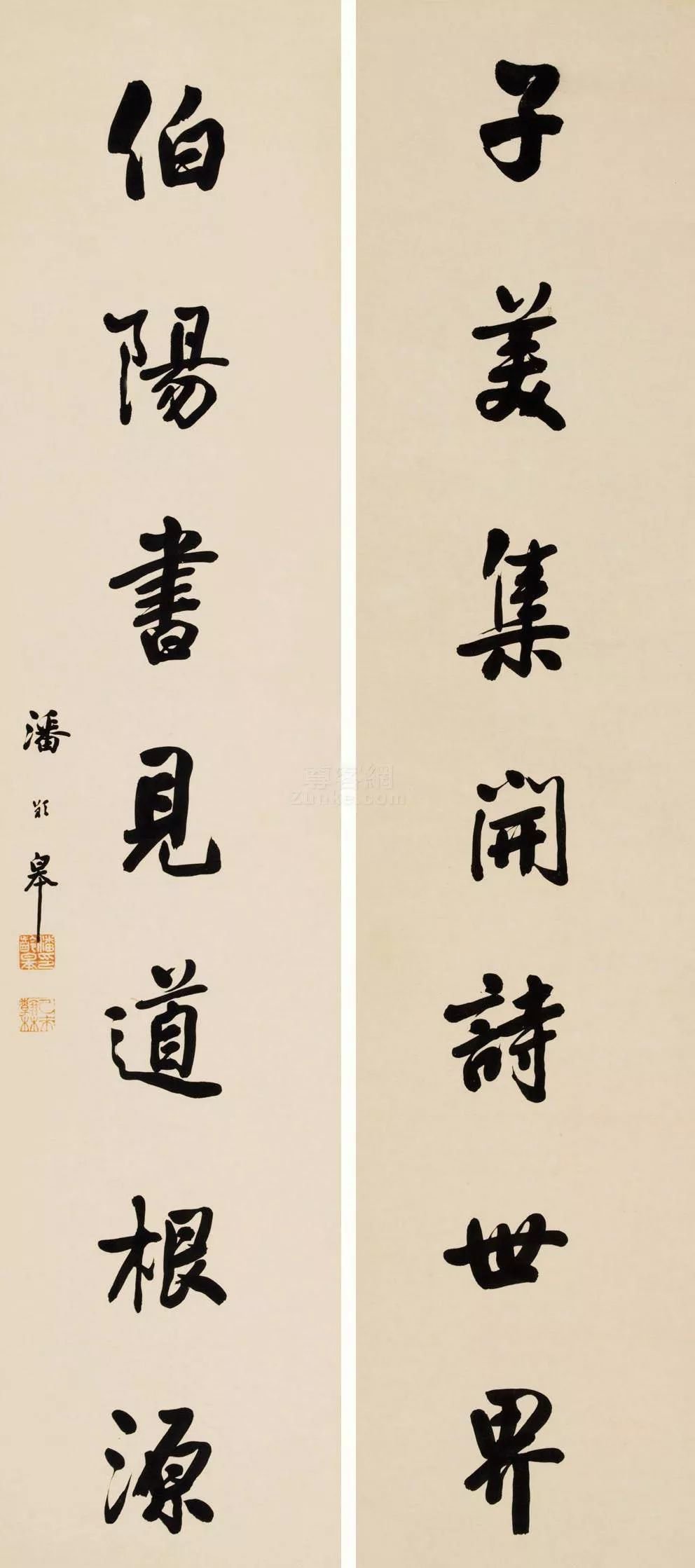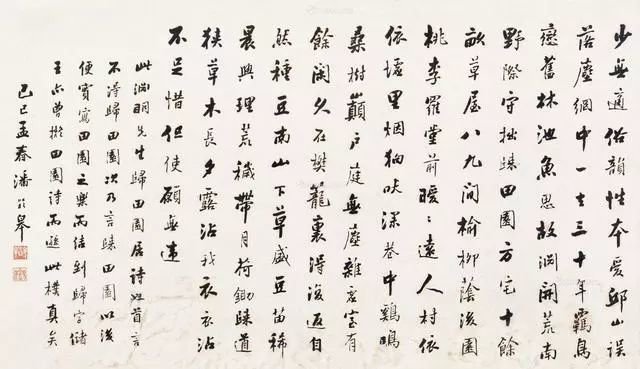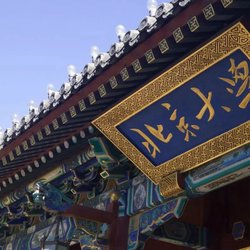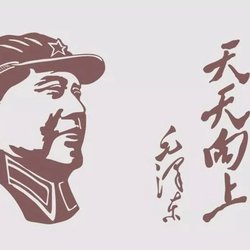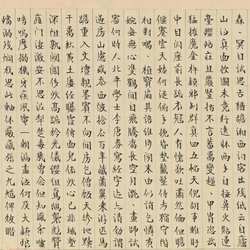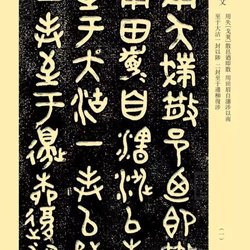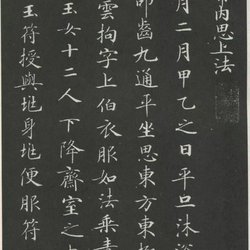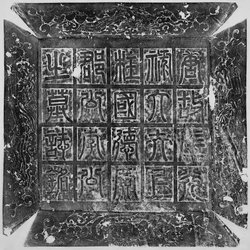Pan Linggao (1867-1954), courtesy name Xijiu, was born in Anxin, Hebei Province. In the 20th year of the reign of Emperor Guangxu of the Qing Dynasty (1894), he passed the imperial examination, passed the imperial examination, and was awarded the title of editor of the Hanlin Academy. He served successively as county magistrate, prefectural magistrate, and magistrate in Gansu.
After the success of the Revolution of 1911, Pan Linggao served as the governor of Gansu Province. He hated official corruption and resigned in 1922 and returned to his hometown. Later, he moved to Tianjin and Peiping, where he enjoyed composing poetry and writing.

During the Japanese and puppet rule, he was arrested and imprisoned for refusing to serve as governor of the puppet Hebei Province. In 1948, Pan Linggao wrote several letters to Fu Zuoyi, urging him to negotiate peace with the CCP.
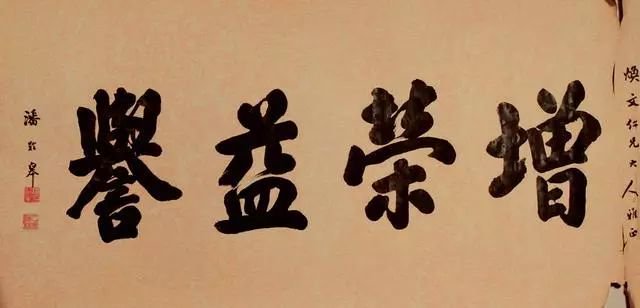
Pan Linggao was a patriot and a cultural celebrity. He was a famous calligrapher in the late Qing Dynasty and the Republic of China. His calligraphy art is unique.
Pan Linggao has high attainments in calligraphy, and is good at regular script and running script, especially small characters. The structure is flat and well-proportioned, the writing style is round and smooth, and the style is beautiful and elegant. It is highly praised by calligraphers. It can be said that it is "soft but full of strength, simple but full of depth". He became a famous calligrapher in the north during the Republic of China. At that time, he was as famous as Tan Yankai and was said to be "South Tan and North Pan". At that time, shops in Tianjin, Beijing, Hebei and other places were proud to invite Pan to inscribe plaques. There is also a saying that "Yu Youren wrote Sanyuan in cursive script; Hua Shikui in Tianjin in Bangshu; Pan Linggao in Beijing in walnut regular script". People at that time called the book "Pan style".
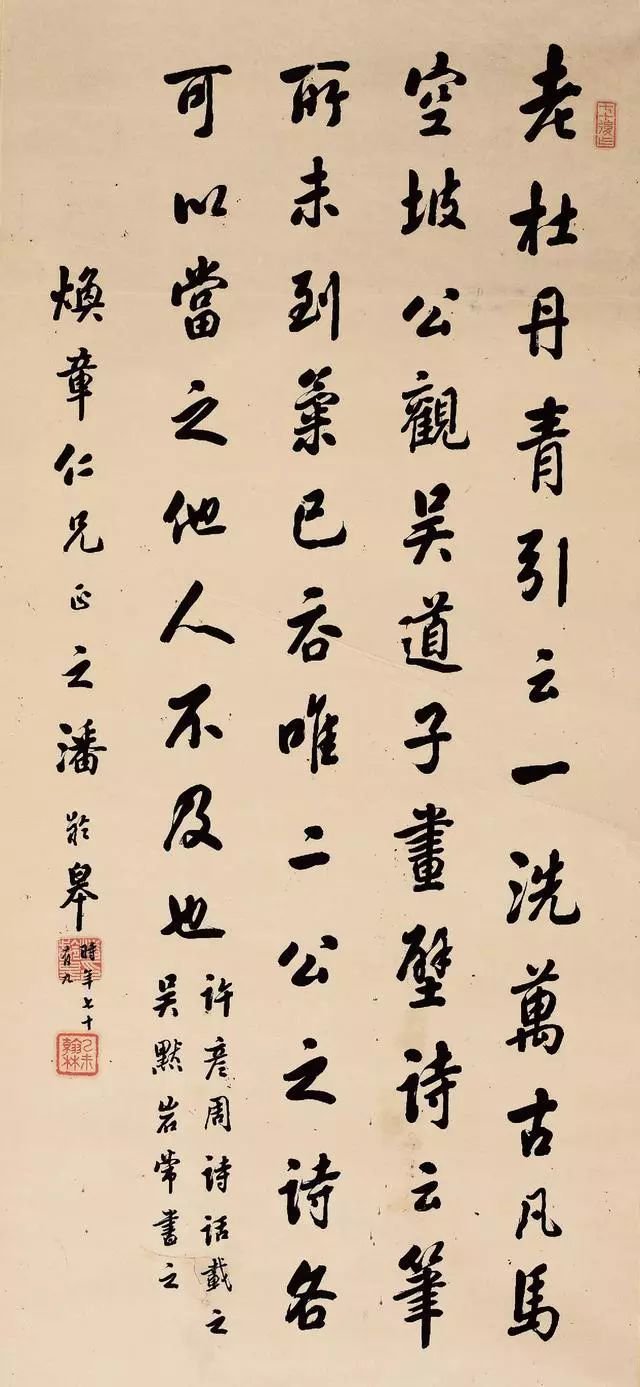
Pan Linggao's calligraphy is good at running script. Based on the style of Yan (Zhenqing) calligraphy, he takes the richness of Su (Dongpo) calligraphy from afar, the beauty of Zhao (Mengfu) calligraphy, and the elegance of Dong (Qichang) calligraphy. Liu (Yong)'s rich calligraphy has formed his own style. The overall characteristics are full strokes, odd side knots, and clear composition. His brushwork mostly uses the reverse pen to enter the paper, and guides the ink to draw lines. The strokes appear soft on the outside and bone on the inside. The stipples are decisive and crisp, clean and neat; the strokes are straight and thick; the strokes are full of twists and turns and contain bones; the hook strokes are folded in many directions; and the vertical strokes are straight strokes. When the brush strokes are strong and solemn, all the brush strokes come together with all the strength. When the stroke is stopped, it stops abruptly when the strength is full. There is a feeling of endless intention when the stroke stops. The structure of Pan Linggao's calligraphy is different from that of his predecessors. The characteristics are that the top is heavy and the bottom is light, the left is heavy and the right is light; the top and bottom are tight, and the left and right are loose; the top and bottom are uneven and not straight. The side of the painting is full of interest and vitality. The overall feeling of Pan Linggao's calligraphy is sparse, well-proportioned and stable; fat and thin contrast, large and small; thickness and thickness are scattered, light and heavy, ups and downs, rhythmic; fat but not bloated, thin but not thin, wide but not loose, thin but not delicate. In short, Pan Linggao's calligraphy is beautiful in form and spiritual, soft on the outside but strong on the inside, delicate but not vulgar, subtle but not sharp. In the silence, serenity, and peace there is vitality that is about to explode.
